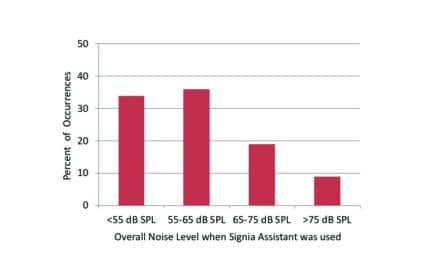Houston — Children’s Memorial Hermann Hospital and Cord Blood Registry® (CBR) are launching the first FDA-approved, Phase I safety study on the use of cord blood stem cells to treat children with sensorineural hearing loss.
The study, which will use patients’ stem cells from their own stored umbilical cord blood, is reportedly the first of its kind, and has the potential to restore hearing, based on evidence from published laboratory studies that cord blood helps repair damaged organs in the inner ear.
The year-long study will follow 10 children, ages 6 weeks to 18 months, who have sustained post-birth hearing loss. Children who are deaf as a result of a genetic anomaly or syndrome are not eligible. To ensure consistency in cord blood stem cell processing, storage, and release for infusion, CBR is the only stem cell bank providing clients for the study.
Parents will be interviewed by phone to determine eligibility of their children for the study. Those who meet the criteria will be admitted to Children’s Memorial Hermann Hospital to undergo a series of blood tests, hearing and speech tests, and an MRI that will view the tracts that send signals from the inner ear to the brain.
The principal investigator is Samer Fakhri, MD, surgeon at Memorial Hermann-Texas Medical Center and associate professor and program director in the Department of Otorhinolaryngology, Head & Neck Surgery at UTHealth. Linda Baumgartner, MS, CCC-SLP, auditory-verbal therapist, is a co-investigator.
"Currently, the only treatment options for sensorineural hearing loss are hearing aids or cochlear implants," Dr Fakhri said. "We hope that this study will open avenues to additional treatment options for hearing loss in children."
Researchers will obtain and process the patients’ stored cord blood for treatment. The cells then will be given to the patients via IV infusion, and patients will be observed for several hours in the hospital.
Patients will return to the hospital to repeat all tests except the MRI at 1 month and 1 year, and all tests with an MRI at 6 months.
"This study is exciting because it might offer a non-surgical option for some children with profound loss," Baumgartner said. "More importantly, this is the first treatment with the potential to restore normal hearing."
See the video below for more information. Visit www.cordblood.com/hearingloss for details on participation in the study.




